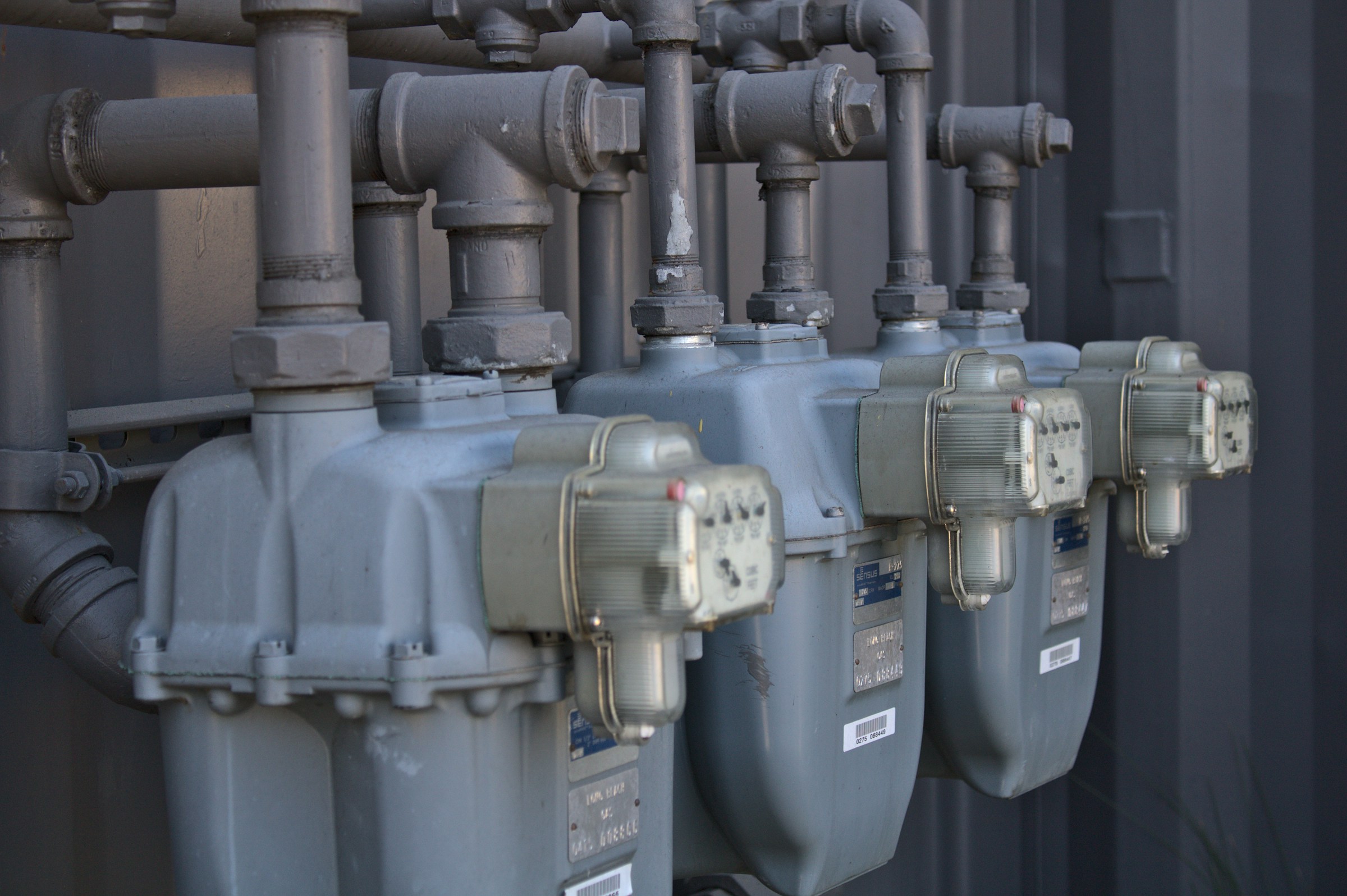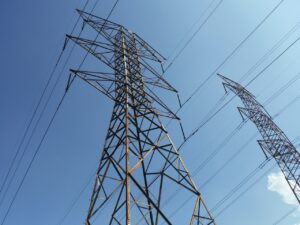The energy crisis has interrupted the historic East-West route, marking the dawn of a new era. Europe aims to become independent from Russian gas by 2027. Italy has responded in part by seeking out new gas suppliers in the greater Mediterranean area and on the African continent, and in part by pushing renewable energy sources and energy efficiency in an attempt to reduce demand.
Two years on from the beginning of the crisis and with a fall in gas consumption in Europe to the lowest levels seen in the last ten years, this appears to be a good time to wonder whether new investments in gas infrastructure are actually necessary in order to secure supply. Furthermore, does it make sense for Italy to become a Mediterranean gas hub, in a context where the transition is leading to a redefinition of energy markets and geopolitics?
Read the analysis “The state of the Italian gas: what infrastructure does Italy require?”
Considering the economic and financial, as well as climatic, risks related to new investment in gas, this study evaluates the volume that Italy may be called on to export to Europe in the event that supplies from Russia are totally interrupted. Managing the international geopolitical instability and the evolution of energy markets requires that an efficient and competitive system is ensured. For this reason, the development of new gas infrastructure needs to consider the evolution of demand, the development of renewable sources, electrification and energy efficiency processes, and methods for managing storage systems and peaks in demand.
The study examines the balance between gas supply and demand within the European market with daily granularity as of 2030, 2040 and 2050, hypothesising three scenarios of gas demand (Late Transition, Fit for 55, G7) in Italy and Europe. The infrastructural hypotheses in question are assessed in terms of security, risk of stranded costs and climate goals.
Key findings:
- The current infrastructure meets the energy security requirements for the scenarios aligned with climate goals (G7 and Fit for 55), whereas only the Late Transition scenario (which assumes that the gas demand in 2030 will be higher than it currently is) requires the moving of the Piombino regasification terminal, the strengthening of the Adriatic line and a 50% increase from the TAP.
- The onshore terminals in Gioia Tauro and Porto Empedocle, considered as “strategic and urgent” by the Italian Energy Security Decree Law (Decree-Law 181/2023) are not in fact used in any of the scenarios either for supply or to free up volume to be exported.
- The volume of Italian exports to Europe in the event of complete interruption of Russian supply chains is estimated to be between 6 and 9 bcm/year in all the scenarios. This figure, in any case, shows that Italy would be a gas hub with volume that is lower than domestic pre-COVID demand for gas.
Excessive new investment in gas infrastructure would expose the system to multiple risks, including repercussions on the cost of gas for households and businesses, and would divert public and private resources from a decarbonisation scenario. The latter, as the study reveals, is the scenario that is able to guarantee increased security, even in the face of geopolitical instability. At the European level, a slower pace in terms of decarbonisation goals and the lack of transnational cooperation would lead to a risk of stranded costs. With the EU elections approaching, this type of analysis is necessary for international relations and for evaluating strategic decisions concerning investments.
Read the analysis “The state of the Italian gas: what infrastructure does Italy require?”
Photo by Doris Morgan








